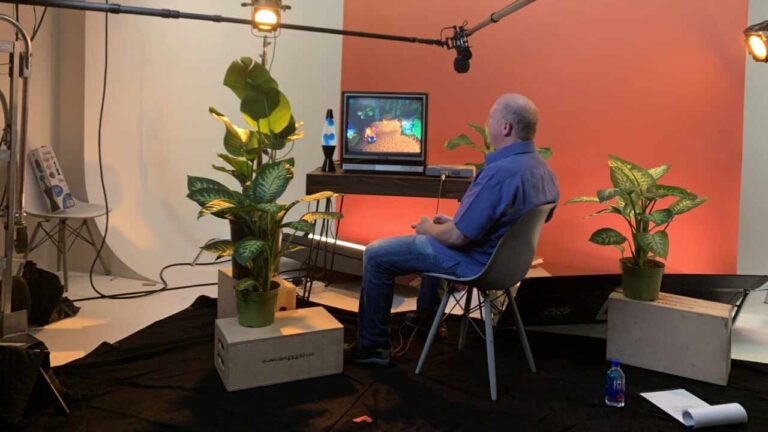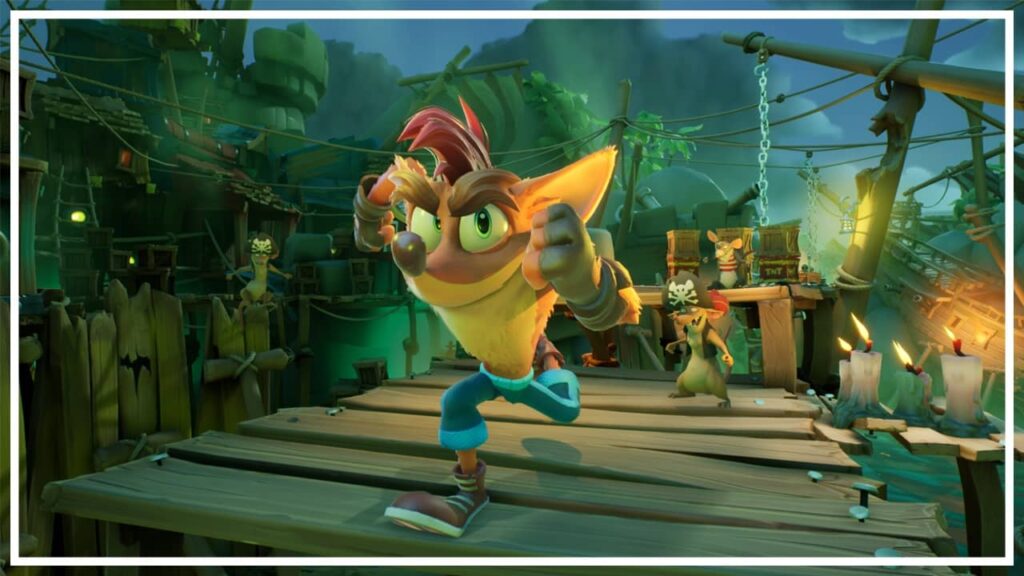
You apparently assume of Crash Bandicoot as Sony’s platformy, answer to Mario and Sonic when you hear the name. The game was developer Naughty Dog’s first attempt at building a 3D platform game for Sony’s brand-new PlayStation before getting the full Sony marketing treatment. And producing the game in 1994 and 1995, years before Super Mario 64’s release, posed some significant technical and game design obstacles.
Andy Gavin, a developer, guides us through some of the tactics he used to overcome some of those problems in our latest War Stories video. Among these was a sophisticated virtual memory swapping system that partitioned huge (at the time) levels into 64KB parts. Only when they were needed for Crash’s immediate, on-screen surroundings could those chunks be loaded independently from the slow (but high-capacity) CD drive into the limited 2MB of rapid system RAM.

The outcome allows for 20 to 30 times the degree of detail in a modern game like Tomb Raider, which is particularly evident in the game’s settings. Similar dynamic memory management approaches are now very common in open-world video games, and they all owe a debt of appreciation to Gavin’s proof-of-concept work on Crash Bandicoot.
Getting a little more expressive, a little more stretchy Gavin and his partner Jason Rubin prioritized Warner Bros.-style animation so heavily that Crash utilized up 600 of the 1,500 polygons the PlayStation was able to render for each animation frame. However, if they used the conventional “skeletal” 3D animation of the time, which placed body parts on top of virtual “bones” that moved robotically, those characters would still look overly stiff.
To get around this, the Naughty Dog team pre-baked and stored positional animation data for all 500 vertices of Crash’s distinct animations. Writing a special compression method that tossed out extraneous data for vertices that didn’t move as much was required to fit all of that data on the PlayStation’s restricted hardware. Gavin recalls that the result was a “50 or 80 to 1 compression,” a significant savings that enabled far more fluid and cartoonish animations.